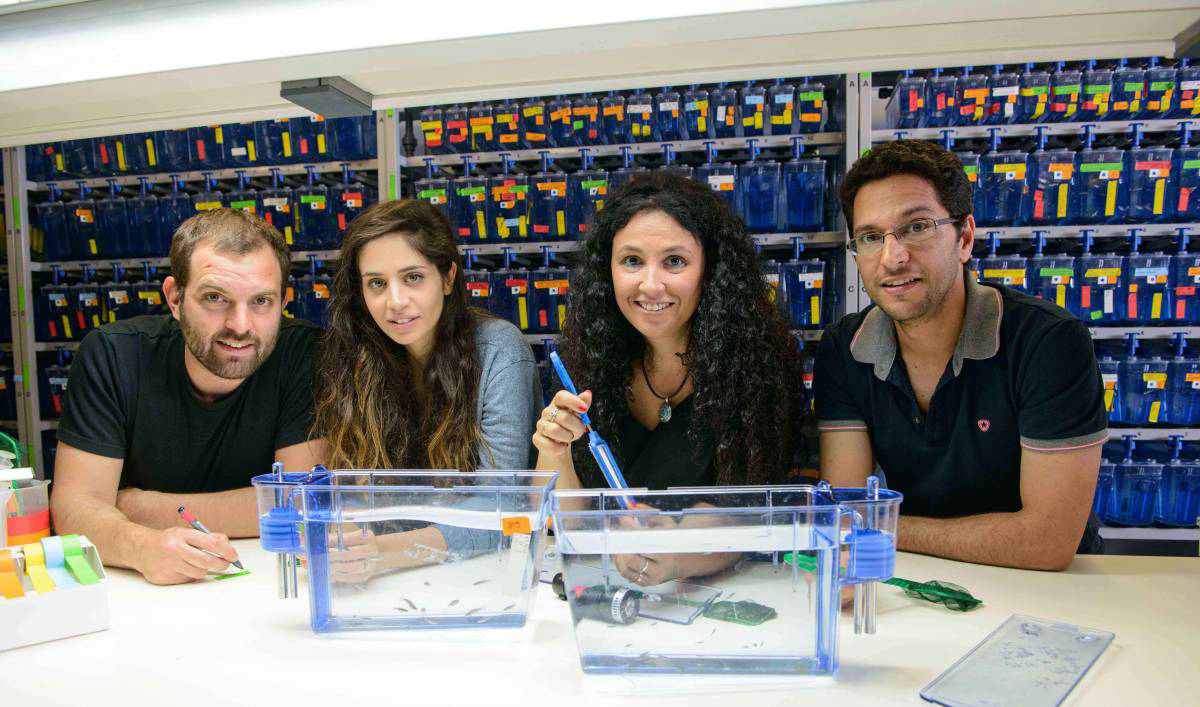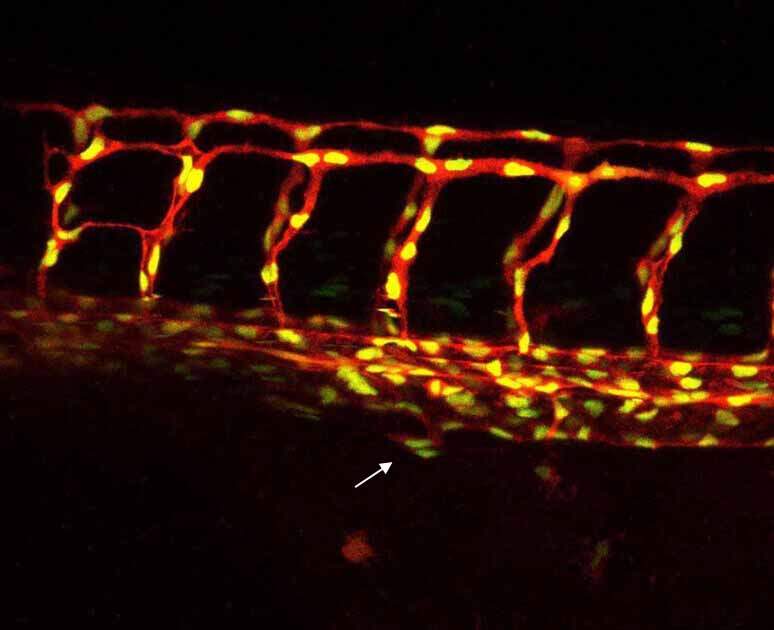Are you a journalist? Please sign up here for our press releases
Subscribe to our monthly newsletter:
Cells in a developing embryo undergo dozens of rounds of division in a very short period, differentiating each time into new cell types and migrating to new areas of the body. The Weizmann Institute’s Dr. Karina Yaniv explains that one can illustrate this with a tree: The further one gets from the “trunk” − the fertilized egg cell − and up to the “branches,” the more rounds of differentiation a cell has undergone. But even as the process leads to a crown − the hundreds of types of specialized cells that make up our bodies − some cells in the developed organism remain closer to the trunk than to the top branches. These are the adult stem cells, which retain their potential to differentiate in the future to other cell types.

Understanding what makes these adult stem cells tick is a difficult undertaking: They can be hard to find, and each type may respond to several different signals and operate by different sets of rules. So when Yaniv and her group in the Weizmann Institute of Science’s Biological Regulation Department discovered, a year ago, that the body has a special store of stem cells that differentiate into lymphatic vessels, they were able to solve a 100-year old disagreement about the origins of the lymph system. But their findings also enabled them to grow lymph cells in lab cultures for the first time.
This advance led to a new study, recently reported in Development, which sheds new light on what else these “special” stem cells can do, and how they do it. Yaniv, postdoctoral fellow Gideon Hen and research student Julian Nicenboim focused on the cells called endothelial cells that build blood vessel walls. “The endothelial cells in the blood vessels of the brain are very different from those found in the liver or kidneys. What tells these cells to adopt the characteristics of one or the other?”
Yaniv and her group were able to solve a 100-year old disagreement about the origins of the lymph system
The researchers added fluorescent markers to the developing blood vessels of zebrafish embryos; these markers can switch their color from green to red under ultraviolet light. This enabled the team to trace the differentiation of living cells under the microscope over the course of several days.
The group followed the fate of the previously identified stem cells, finding that they also give rise to the vasculature of the digestive system. In contrast to the cells that differentiate into adult lymph cells, those bound for the liver, intestinal or pancreatic blood vessels have a special set of signals − proteins in two families known as BMP and VEGF − to guide them on their way. The scientists discovered that these proteins are expressed for only a short period of time, and they first enable the cells to exit their protected “niche.” Only once these cells are pointed toward the proper organ can they begin to take on the properties required for the particular blood vessel of their final destination.

Yaniv says that these findings may shed light on another mystery: Where do cancerous or otherwise pathological blood cells come from? Such cells have supercharged capacities for differentiation and migration, leading to the suspicion that the “special” stem cells could be the source. Yaniv and her group are presently conducting research on adult zebrafish, tracking the new stem cell population in hopes of gaining deeper insight into their functions and malfunctions in the adult system.
Dr. Karina Yaniv's research is supported by the Henry Chanoch Krenter Institute for Biomedical Imaging and Genomics; the Adelis Foundation; and the estate of Georges Lustgarten. Dr. Yaniv is the incumbent of the Louis and Ida Rich Career Development Chair.